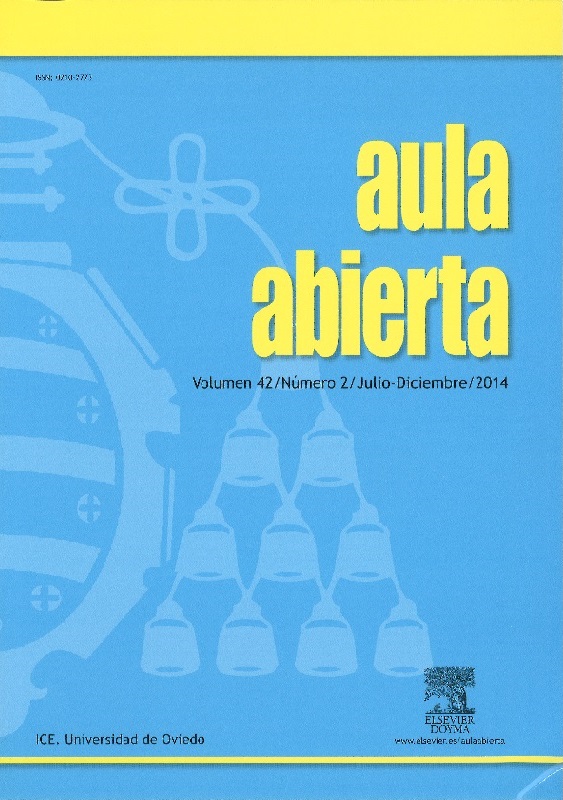Abstract
Problem solving plays a very important role in both mathematics education and in the learning of other scientific disciplines. The objective of this study is to analyze the different strategies used to solve mathematical problems according to sex. To do this, the ways 598 students in 8th, 9th and 10th grade of Secondary School solved problems were studied. The students were classified into 3 groups, according to the different problem solving procedures: the algebra problem solving group, the mixed group (algebraic and arithmetic solving) and the undefined group (neither algebraic nor arithmetic). The data showed that there were no statistically significant differences between boys and girls in terms of solving processes. The cognitive, educational and social implications are discussed.Downloads
Download data is not yet available.

